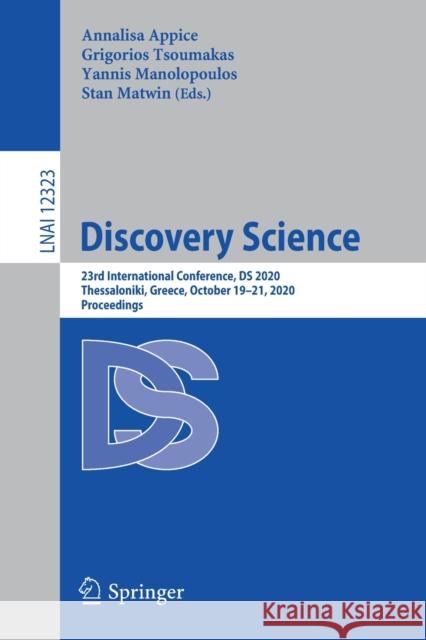Discovery Science: 23rd International Conference, DS 2020, Thessaloniki, Greece, October 19-21, 2020, Proceedings » książka
topmenu
Discovery Science: 23rd International Conference, DS 2020, Thessaloniki, Greece, October 19-21, 2020, Proceedings
ISBN-13: 9783030615260 / Angielski / Miękka / 2020 / 706 str.
Discovery Science: 23rd International Conference, DS 2020, Thessaloniki, Greece, October 19-21, 2020, Proceedings
ISBN-13: 9783030615260 / Angielski / Miękka / 2020 / 706 str.
cena 362,27
(netto: 345,02 VAT: 5%)
Najniższa cena z 30 dni: 346,96
(netto: 345,02 VAT: 5%)
Najniższa cena z 30 dni: 346,96
Termin realizacji zamówienia:
ok. 22 dni roboczych
Dostawa w 2026 r.
ok. 22 dni roboczych
Dostawa w 2026 r.
Darmowa dostawa!
Kategorie:
Kategorie BISAC:
Wydawca:
Springer
Język:
Angielski
ISBN-13:
9783030615260
Rok wydania:
2020
Wydanie:
2020
Ilość stron:
706
Waga:
0.99 kg
Wymiary:
23.39 x 15.6 x 3.71
Oprawa:
Miękka
Wolumenów:
01
Dodatkowe informacje:
Wydanie ilustrowane











